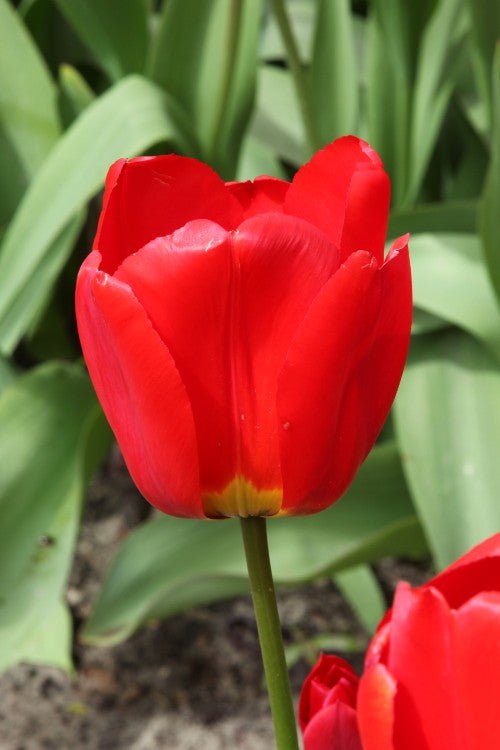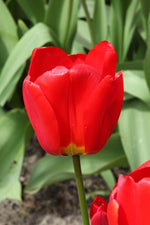
Apeldoorn
1690
$16.90
Unit price perAbout Apeldoorn
Don't miss out on the stunning beauty of the Tulip Apeldoorn. Its striking red petals make a bold statement that will capture attention. With its easy care requirements, the Tulip Apeldoorn is perfect for both experienced and novice gardeners alike.
- Striking red petals
- Adds a bold and captivating touch to any garden or floral arrangement
- Easy to grow and maintain
- Ideal for both experienced and novice gardeners
- Thrives in full sun or partial shade
How to plant and take care of Apeldoorn
- Choose a well-draining location in your garden that receives ample sunlight.
- Dig a hole about 6 inches deep and place the bulb with the pointed end facing upwards.
- Space the bulbs about 4-5 inches apart to allow them room to grow.
- Cover the bulbs with soil and gently firm it down.
- Water thoroughly after planting and keep the soil evenly moist.
- Once the flowers bloom, remove the dead blooms to encourage further growth.
- After the tulips have finished blooming, allow the foliage to die back naturally.
- Protect the bulbs from extreme temperatures and pests during their dormant period.
FAQs



